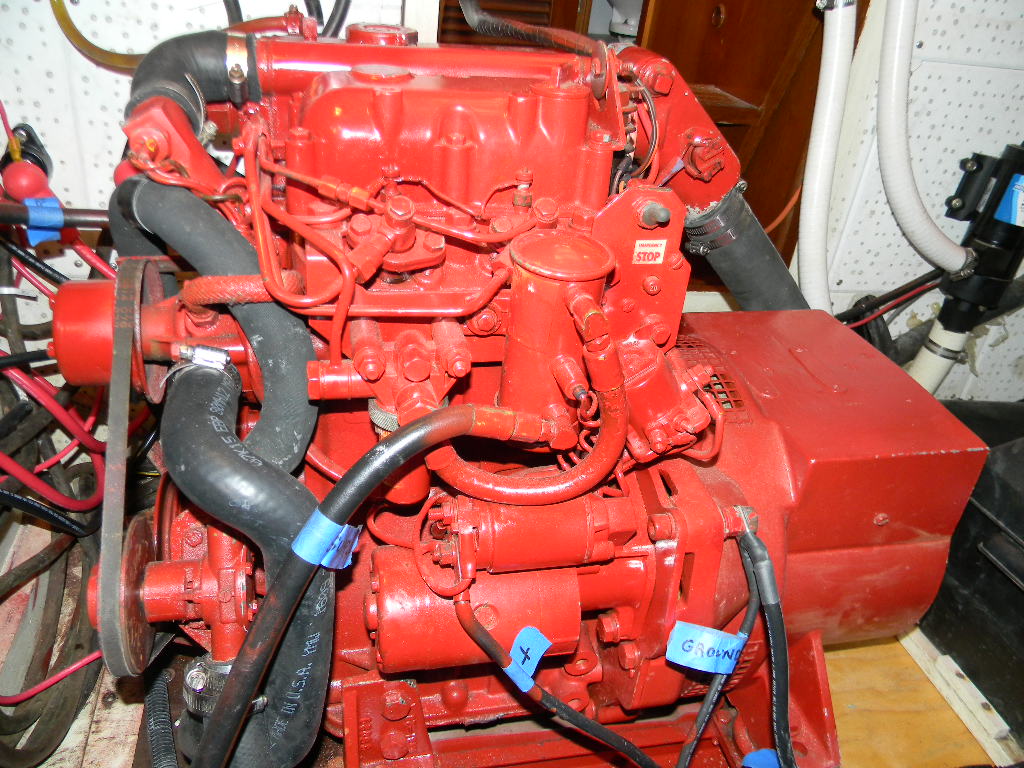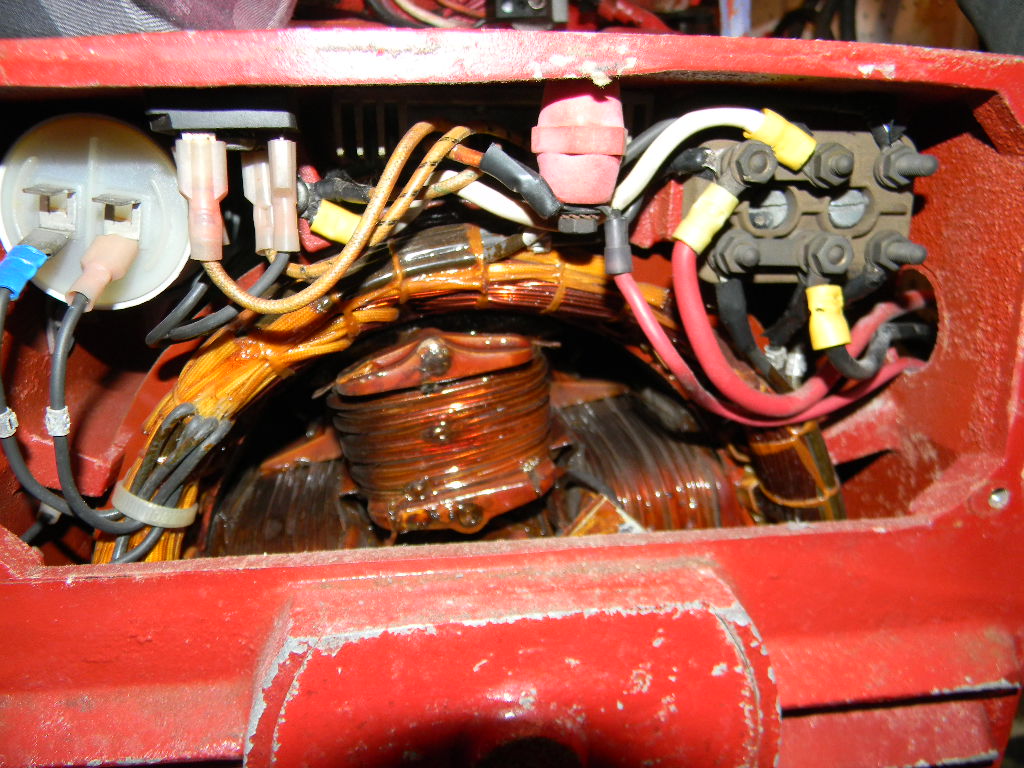seattleboatguy
Senior Member
I have a Westerbeke 4.4 kw generator with 500 hours that came with the 1987 Marine Trader 38 I purchased a couple years ago. This week, it decided to only generate 2.6 volts instead of 115 volts. The generator engine looks and runs fine. My questions are:


- Should I be looking for a generator electrician or a boat electrician or a Westerbeke electrician?
- Will the electrician unbolt the back end of the generator and take it to his shop, or is he going to want the whole engine pulled out of the boat?
- Is it significant that there is a placard on the generator that says it was rewound by Broward Armature in Ft Lauderdale?
